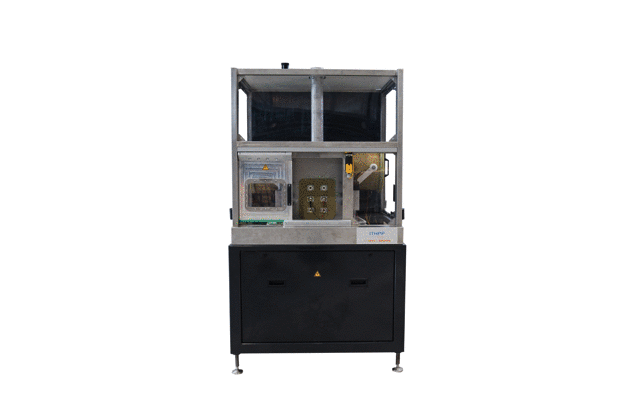Test Bench to Enhance Safety of Energy Storage System
Testing equipment for overcurrent protection devices for EV and energy storage systems
ITOPP develops customized solutions for customers who need to test the effectiveness of energy storage system protection devices. These solutions consist of a test bench which will produce/simulate an overcurrent (according to customer specifications) of the protection devices in order to evaluate their behavior and their ability to protect equipment and people. This test bench is designed to assess devices used in DC (direct current) applications, battery energy storage systems (BESS), operating at several hundred volts and thousands of amps: EV (electric vehicles), HEV (hybrid electric vehicles), Smart-grid, photovoltaic installations, etc.
Overcurrent protection devices: a critical component of high-voltage and high current systems
Overcurrent protection devices include circuit breakers, fuses or overcurrent relays. These safety devices are to protect the circuit from the dangerous effects of overcurrent by cutting the electrical current in the event of an overload or short circuit. These protective devices must be in accordance with the voltage ratings and power of the equipment for which they are designed; otherwise, they may explode while attempting to stop faulty currents beyond their ratings. Potential damages (explosions, ignitions) can be all the more serious if dealing with a high energy electrical device. For this reason, DC overcurrent protectiion devices for systems with large electric energy storage capacity must meet special performance specifications.
Test bench tailored to high voltage and high current systems
In order to be able to determine the limits of these protective devices, ITOPP has designed a test bench specifically sized to replicate the effects of short-circuit effects in high DC equipment for electrical vehicles and battery energy storage systems (BESS).
The test bench developed by ITOPP operates on several types of current/voltage waveforms. The discharge parameters are adjustable and a human-machine interface system allows precise indications of the discharge parameters according to the settings that have been applied. This results in a significant gain in time during experimental set-up. The bench is equipped with a shielded, non-flammable test chamber and includes a smoke evacuation system to eliminate any risk linked to a faulty system under test.
Main characteristics of the test bench
| Current Amplitude | 0 to 30 kA |
|---|---|
| Voltage | 0 to 1100 V |
| Stocked Energy | 250 kJ |
| Stray Inductance | < 1 µH |
